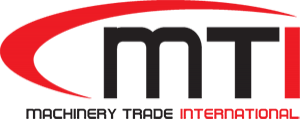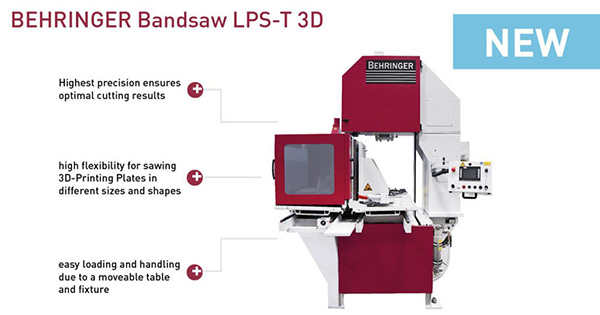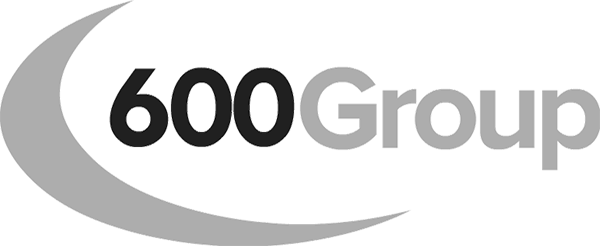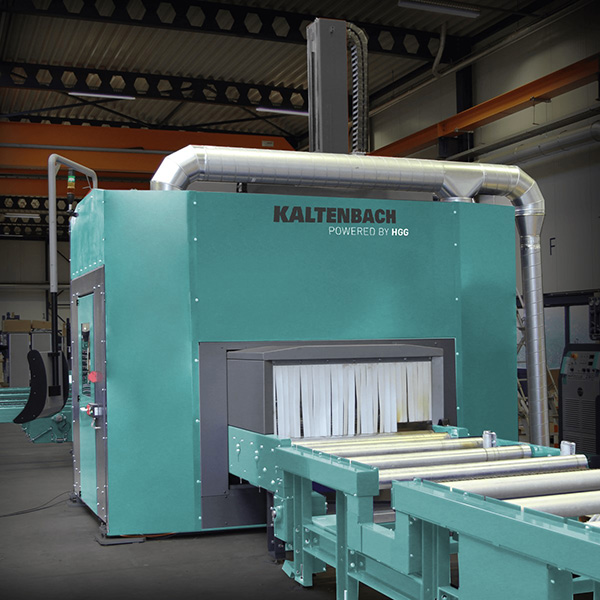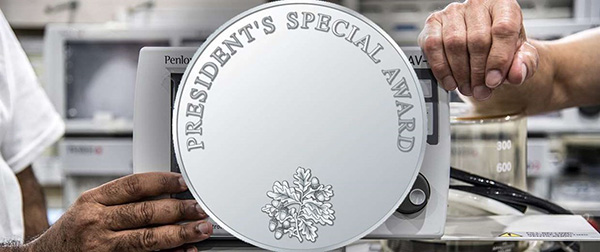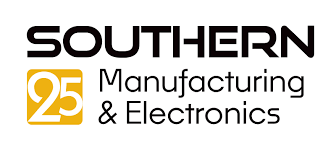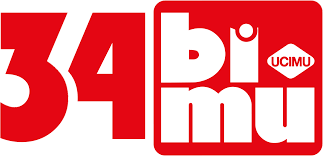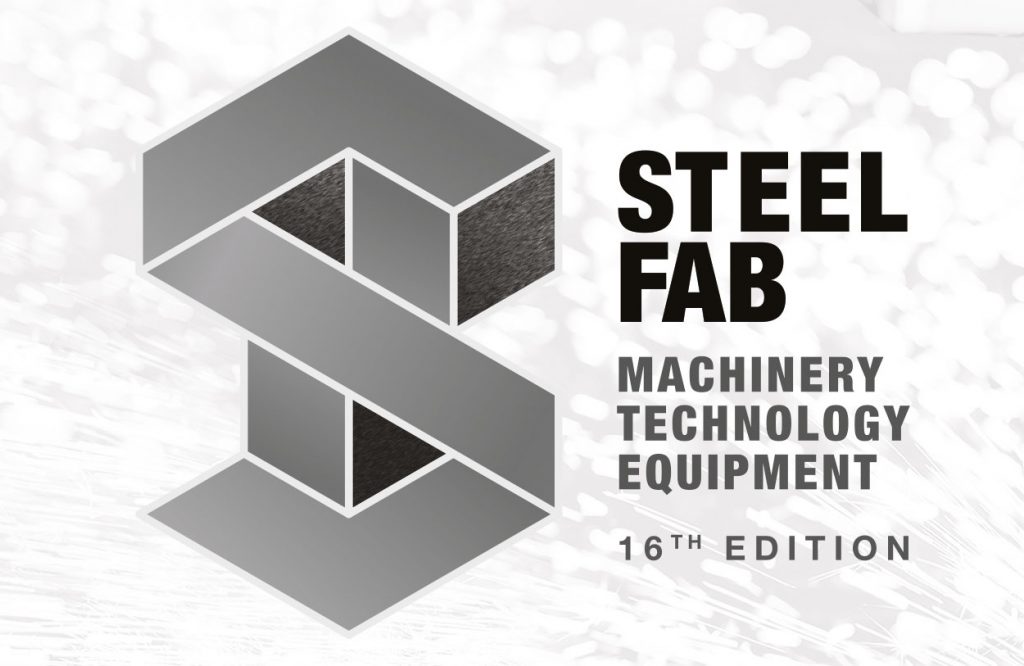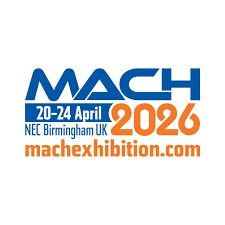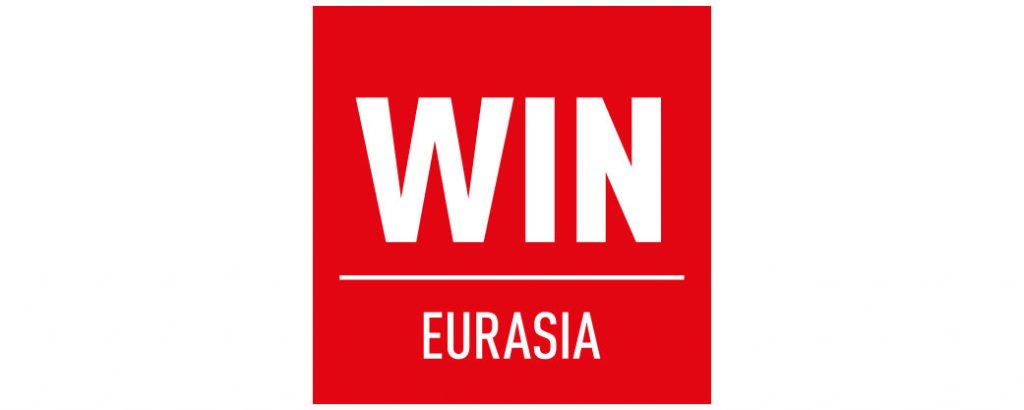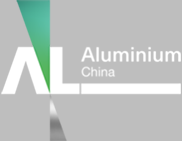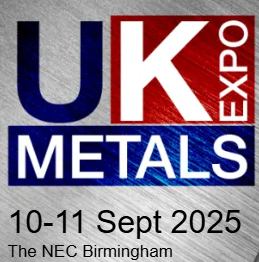Behringer has recently complemented its product portfolio with the new 3D series, which comprises two models (HBE320-523 3D and LPS-T 3D). The high-performance sawing machines were developed for cutting additively manufactured components in different sizes and shapes.

Additively manufactured parts are printed on a base plate via a supporting structure, and this base plate has to be removed. The new 3D series from Behringer is designed to separate the additively manufactured parts from the base plate with high cutting precision, thus ensuring neither the print plate nor the printed parts get damaged.
No matter whether steel, aluminium, titanium, nickel-based alloy or plastic, the 3D saws from Behringer are said to cut all additively manufactured parts in different sizes and shapes without any problems. As the fixture can be individually manufactured to customer requirements, high flexibility is guaranteed.
The HBE320-523 3D, which is based on the existing HBE Dynamic series, offers a fixture for small and medium-sized plates up to 500 x 300 mm. A simple, quick set-up process and compact machine dimensions are among the advantages of this model.
Behringer’s other machine in the series, the LPS-T 3D, demonstrates its strengths when sawing larger printing plates. The vertical design of the machine, with a freely accessible machine table, ensures easy loading and handling of large and/or heavy base plates. Especially when sawing steel or other difficult-to-cut materials, the standard servo-feed system provides a steady saw-feed movement that helps to ensure a quiet and stable cutting process. This capability results in high cutting performance and blade life.
With the blade deflection monitoring system and its adjustable thresholds, both models of the Behringer 3D series ensure high sawing precision.
For further information www.behringerltd.co.uk
